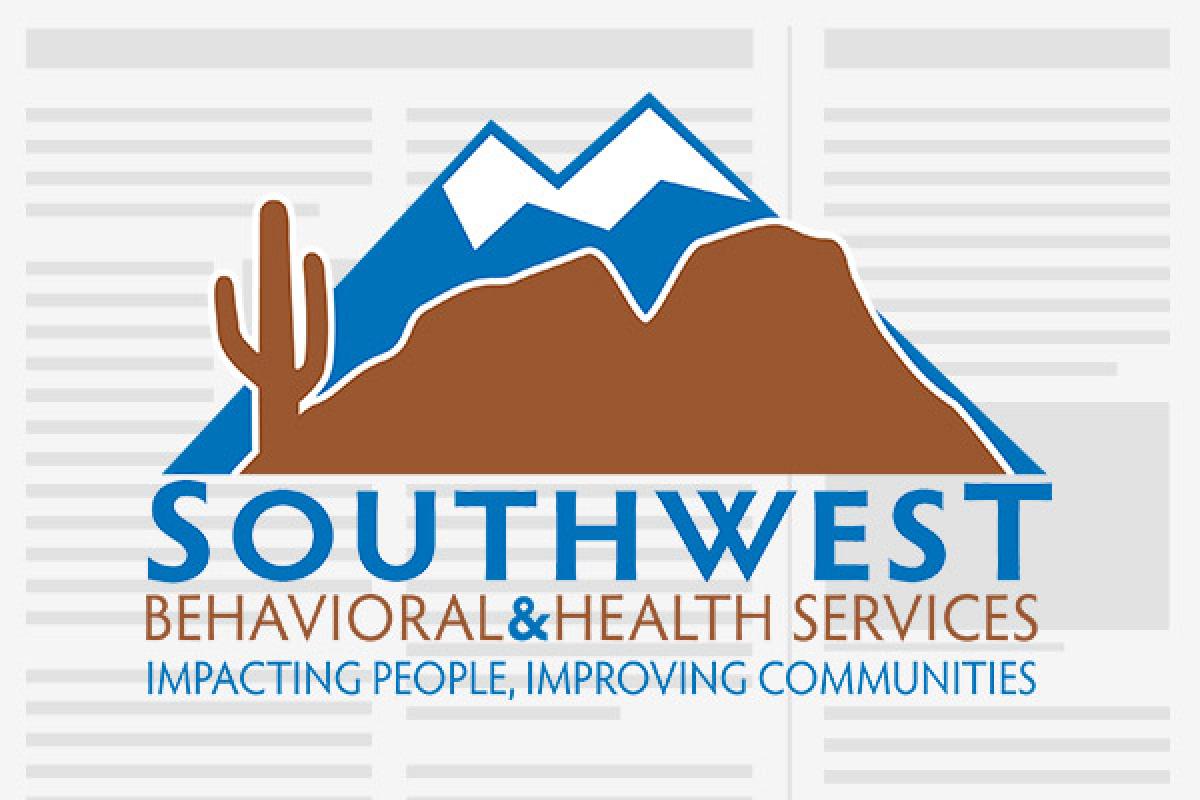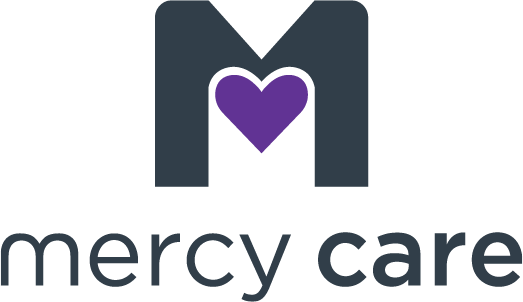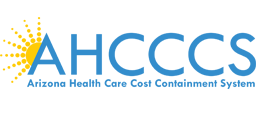
Getting your child treatment for, say, cancer presents numerous challenges — but most of them don't involve determining whether the therapies offered by major medical organizations are backed by data. But that's exactly the predicament facing many parents seeking help for children with drug problems.
Because there is no "FDA" that regulates behavioral treatments, many drug programs may exist without evidence of effectiveness or even safety — and parents can be misled into placing their children into their care. But a new website created by the Partnership at DrugFree.org (formerly the Partnership for a Drug-Free America) could help.
It's the first major effort to offer guidance to parents of teens with drug problems that focuses on the right care, versus any care, and recognizes that the wrong care can do more harm.
The new site, Time To Get Help, has a free e-book called "Treatment," which focuses specifically on finding the right care, as well as other resources to connect parents with one another for support.
"In general, it is an excellent resource for families," says Nicki Bush, a clinical child psychologist and Robert Wood Johnson health and society scholar at the University of California, of the Partnership's new treatment guide."It emphasizes family involvement, appropriate assessment and the critical importance of appropriate training for treatment providers, including providing important warnings about harmful programs."
(More on TIME.com: Does Teen Rehab Cure Addiction or Create It?)
Early in her career, Bush says, she discovered that a teen residential program at which she worked was using "therapeutic" techniques that were harmful and abusive. Ever since, she has been a member of A START — the Alliance for Safe, Therapeutic and Appropriate Residential Treatment — which advocates for change.
(More on TIME.com: Troubled Teen Program Uses Forced Lap Dances as 'Therapy')
Appropriate assessment of teen behavior is crucial because the line between normal and unhealthy behavior can be hard for parents to discern. Since many treatment programs focus on getting teens to accept that they have a drug problem, it's important to determine first whether or not that is truly the case.
"Sometimes evaluation in a health setting is a bit like asking a barber if you need a haircut," says Ken Winters, the director of the Center for Adolescent Substance Abuse Research at the Treatment Research Institute in Pennsylvania who helped create the guide.
It offers specific help in finding the best assessment, including information on standardized tools that can minimize the problem of overly inclusive measures. For instance, some programs still focus heavily on patients' denial about being addicted — as proof of their addiction — and emphasize "confronting denial," despite research showing that this is counterproductive. Once someone is placed in treatment, however, anything they say can be seen as evidence of their problem.
A lot of things can look like drug abuse when they're not — including just being a normal healthy teenager," says Winters. "A good assessment can help minimize over-pathologizing."
Assessment can also determine whether there's another mental illness like depression that could be driving the drug disorder. About half of all teens who have drug problems also have an additional psychiatric condition, which left unaddressed can stymie drug treatment. Assessment can also help determine the necessary level of care: as with other areas of medicine, starting with the least intensive treatment is best.
"The best treatment is close to home and in the community," says Bush, noting that this allows for maximum family involvement in care, which is another key factor for success.
The guide explains that it is essential to find a program designed for teens that doesn't just throw them in with adult patients. "The mixing of young people and older people a in therapeutic setting can pose a lot of problems ranging from safety — emotional and sexual things that can be problematic and lead to abuse and trauma — to even just being uncomfortable," says Winters. "Imagine you're a young person and you're in group with many older individuals. You might not open up."
Exposing youth with mild drug problems to older teens with more severe issues can also be dangerous. "Contagion is still an issue with behaviors and attitudes and that's why counselors have to be skilled in watching out for and trying to minimize it," Winters said.
Indeed, the most important reason teens shouldn't be dropped into adult treatment involves staff training: if staff aren't trained about the developmental needs of teenagers, they may use inappropriate techniques. "There are a lot of potential pitfalls," Winters says.
The guide further offers warnings against boot camps and wilderness programs — noting that they are unregulated on the federal level, not regarded as a level of care for addiction by the American Society of Addiction Medicine, and have been involved in "thousands of reports of abuse and neglect" according to the Government Accountability Office.
Bush points out, however, that the harsh therapeutic style used in boot camps is unfortunately common throughout residential treatment for adolescents. "The concerns described actually apply to a wide range of residential treatment programs including emotional-growth boarding schools that [advertise that they can treat drug problems]. Because of savvy marketing, many [abusive programs] no longer use the term 'boot camp.'"
Winters acknowledges that parents may feel that a punitive program is warranted after what their teens put them through, but he says this approach should be avoided. "There is both psychological evidence and growing neurobiological evidence that human beings, and particularly teenagers, respond better to reward-based incentive systems as opposed to trying to get behavior change through punishment," he says.
The reality is that finding effective treatment based on research, which doesn't take the punitive approach, can be difficult. Winters describes recently observing a group session during which the counselor's goal was to "get the teen to cry and admit to all kinds of terrible things she has done, or hasn't done correctly, as if that was going to be therapeutic."
Fortunately, the field is improving and the Partnership's new website is designed to help parents find reliable programs. "There is a major influx of evidence-based methods into treatment," says Winters. "Family-based treatments, cognitive-behavioral therapy and motivational enhancement therapy are making significant inroads."
The site also hopes to connect parents with each other, not only for support but also to advocate for better treatment. "Get advice from both experts and other parents," advises Winters. "Be an informed, assertive consumer of the health service you're getting. Ask questions and if it doesn't smell right or look right continue to ask questions and get an [outside] perspective. Good programs want parents to be involved."
The Partnership's guide can be found here [PDF]. The Federal Trade Commission also has a good set of questions for parents seeking residential treatment to ask. A set of tip sheets for parents and teens related to residential treatment are also available from the Building Bridges project of the Substance Abuse and Mental Health Services Administration [disclosure: I was a consultant/writer for the SAMHSA/BB project]. A nationwide, searchable directory of existing treatment programs, which can be narrowed to search only those serving adolescents (note: these are just listings, not recommendations or endorsements by SAMHSA) can be found here.
- Related Topics: Addiction, Addiction, adolescents, Drugs, Mental Health, Partnership at DrugFree.org, partnership for a drug free america, rehab, teens, treatment













